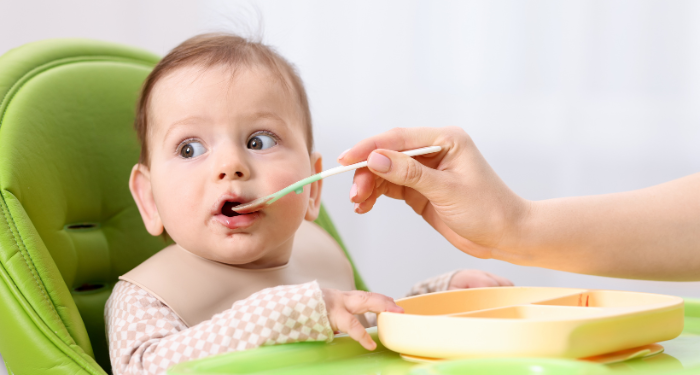
The hot topic these days with newborns is whether or not swaddling them is healthy. Let me start off with a disclaimer and say- this blog post is intended to be informational and not intended to be the end all be all for every single baby everywhere. However, education on swaddling and the potential pitfalls is definitely needed.
Swaddling can be very calming to babies, making them feel more secure, and may mimic some feelings of being in the womb. It limits the startle reflex which can wake a baby. Swaddling may be necessary when a baby has difficulty maintaining body temperature for a variety of reasons.
It’s often used because it will calm the baby when nothing else seems to work- so we totally get that and understand that it’s sometimes necessary for moms sanity or for the baby to get some much needed rest. With that said- there is a down side to swaddling that needs to be addressed.
Babies are born with primitive reflexes that are meant to integrate as the baby develops. There are six primitive reflexes and the most commonly talked about are sucking, rooting, and moro reflexes. The moro reflex is also referred to as the startle reflex. If you’ve been around babies, you can probably picture what this looks like. If an infant hears a loud sound, they may throw their head back while the arms and legs extend outward and then come back towards their body. For many years, it was recommended to swaddle to discourage this reflex so the baby could sleep without interrupting or disturbing them. However, babies need to work through their reflexes in order to integrate them. The more times they experience the moro reflex, the more likely they are to integrate it in a timely manner.
Retained primitive reflexes can cause many issues and according to Jerilyn Lecce, Occupational Therapist, “A child with a retained Moro reflex demonstrates many of the following problems: difficulty focusing, distractibility, poor impulse control, emotional immaturity/sensitivity, mood swings, anxiety, easily triggered anger, difficulty performing different types of eye movements, decreased visual perception (including difficulty ignoring irrelevant visual material), tense muscle tone, difficulty reading black print on white paper, tiring under fluorescent lighting, difficulty ignoring background noise, poor auditory discrimination (understanding differences between sounds), aggressiveness or withdrawal, balance issues, dyscalculia (difficulty with math), decreased coordination (usually during ball-sports), dislike of tags in clothing/certain textures, difficulty accepting criticism, low stamina/endurance, dislike of change (poor adaptability), motion sickness, food sensitivities, different responses to drugs/medications, controlling or manipulative behaviors, low self-esteem, difficulty making decisions, and reactive hypoglycemia (hyperactivity followed by fatigue).”
There is also some evidence that swaddling can lead to developmental hip dysplasia. So if you do choose to swaddle, ensure that you are doing so correctly as to avoid damage to your baby’s hips.
In short, swaddling isn’t our favorite. We’d like to see the baby have the most opportunities to move their bodies in all directions to work out any tension patterns and help to integrate primitive reflexes.
Sources:
Leceem Jerilyn Retained Primitive Moro Reflex Effect On Development


